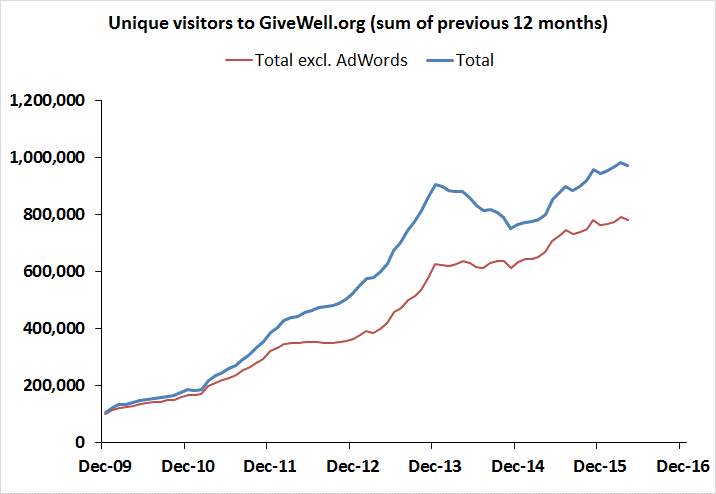Our goal with hosting quarterly open threads is to give blog readers an opportunity to publicly raise comments or questions about GiveWell or related topics (in the comments section below). As always, you’re also welcome to email us at info@givewell.org or to request a call with GiveWell staff if you have feedback or questions you’d prefer to discuss privately. We’ll try to respond promptly to questions or comments.
If you have questions related to the Open Philanthropy Project, you can post those in the Open Philanthropy Project’s open thread.
You can view our June 2016 open thread here.



